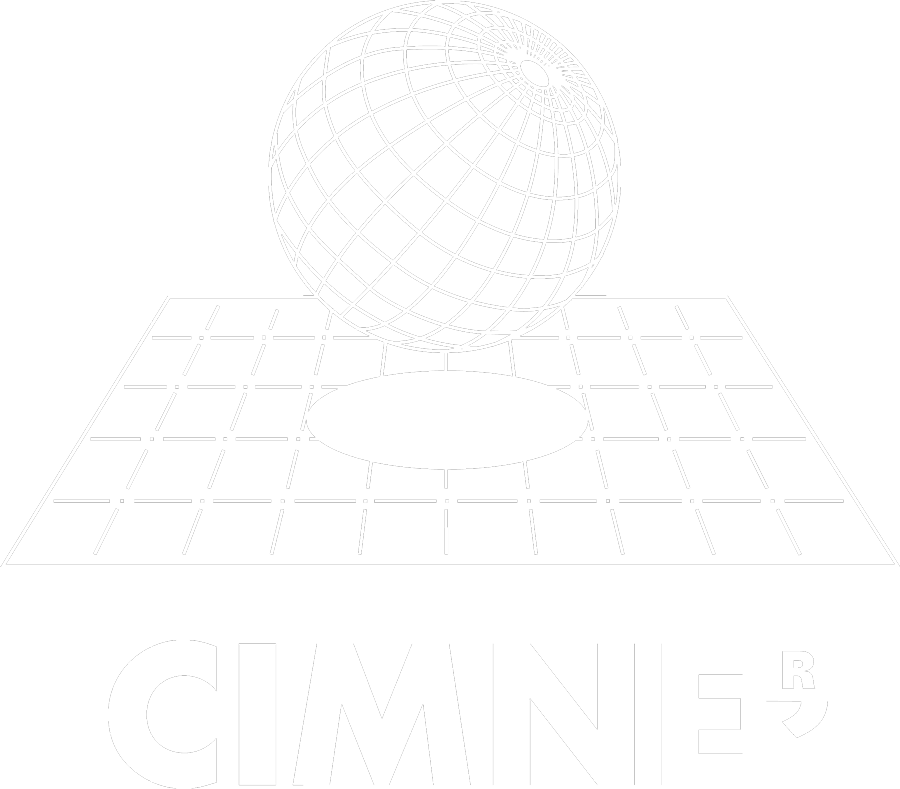
The third International Conference on Isogeometric Analysis (IGA 2015) will be organized in Trondheim, Norway on 1-3 June 2015. The first conference of these series was held in Austin (Texas) 13-15 January 2011, and the second was held in Austin (Texas) 8-10 January 2014. Both conferences were organized by Professor Thomas J. R Hughes (University of Texas at Austin) and his coworkers and were considered to be very successful. The objective of IGA 2015 is to be a meeting place for researchers developing computational methods and scientists and engineers focusing on using Isogeometric methods for addressing challenging applications in science and engineering. The conference is one of the Special Interest Conferences of the European Community on Computational Methods in Applied Sciences (ECCOMAS) and one of the Special Interest Conferences of the International Association for Computational Mechanics (IACM). Geometry is the foundation of analysis yet modern methods of computational geometry have until recently had very little impact on analysis. The reason may be that Finite Element Analysis (FEA), as we know it today, was developed in the 1950's and 1960's, before the advent and widespread use of Computer Aided Geometric Design (CAGD), which occurred in the 1970's and 1980's. The CAGD - FEA interface gives rise to many problems. Perhaps the most significant of all is the problem of translating CAGD files into analysis-suitable FEA geometry and meshing, reputed to take 80% of overall analysis time for complex engineering designs. The approximate, polynomial-based geometry of FEA also creates difficulties in modeling sliding contact, flows about 2 aerodynamic shapes, buckling of thin shells, etc. It would seem that it is time to look at more powerful descriptions of geometry to provide a new and more efficient basis for analysis. An attempt to address these issues and improve on FEA has led to the introduction and development of Isogeometric Analysis, in which a single geometric representation is utilized for design and analysis. Following approaches have been proposed: Subdivision Surfaces, NURBS, Hierarchical splines, T-splines and LR B-splines. NURBS are the industry standard for CAGD systems used in engineering design. NURBS-based isogeometric analysis has already been applied to fuids, structures, fluid-structure interaction, phase-field modeling, electromagnetics, shape and topology optimization, material modeling (e.g., implicit gradient damage models), discrete and diffuse modeling of crack propagation, etc. Hierarchical splines, T-splines, and LR B-splines that allow efficient local refinement while maintaining higher-order continuity and exact geometry, have recently attracted increasing attention. The purpose of this workshop is to bring together experts in geometry and analysis interested in the development of the new generation of analysis procedures on modern methods of computational geometry.
|
